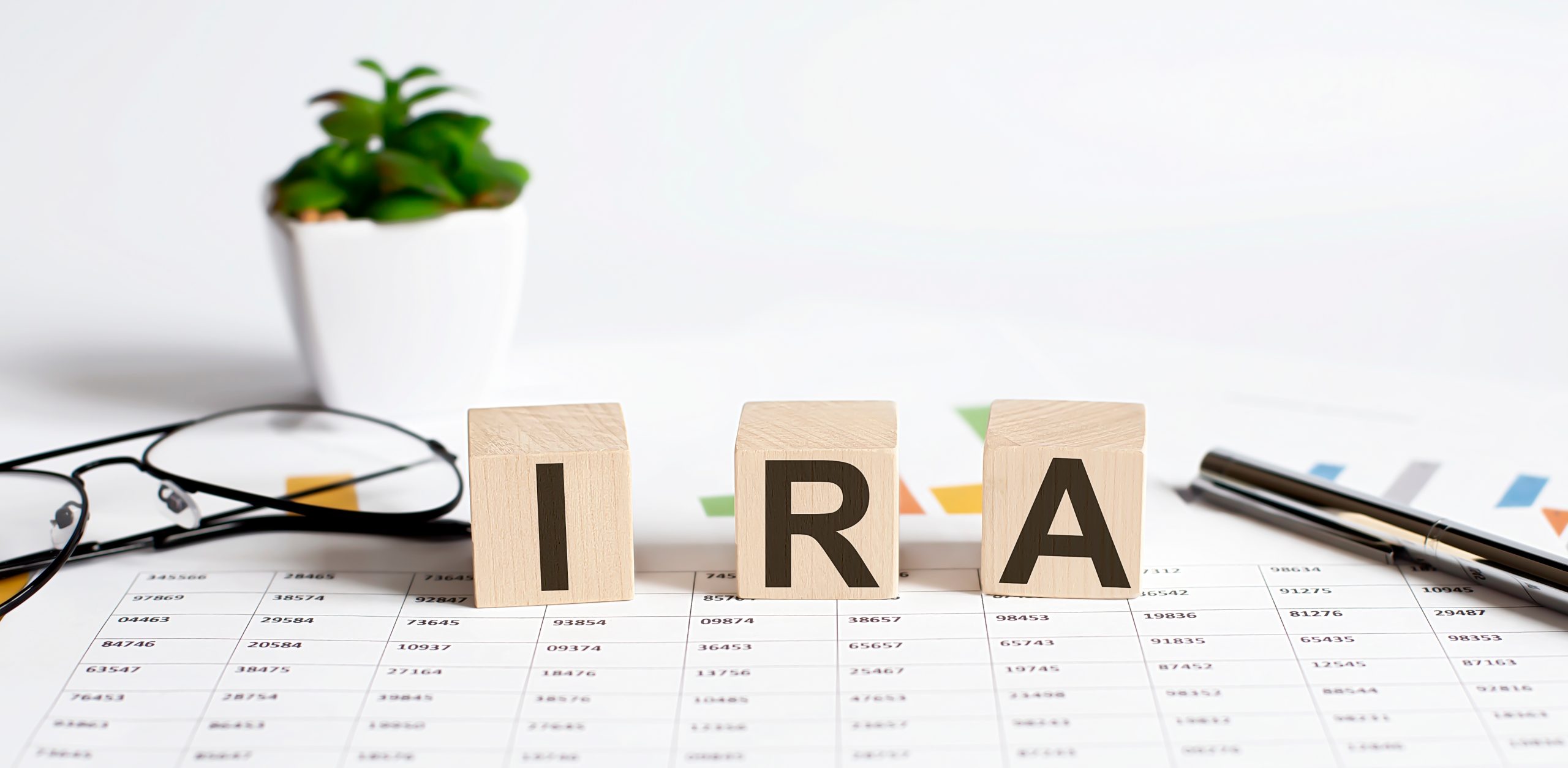In 2016, I made the switch to self-directing my retirement funds to make real estate investing easier. It took a lot of research to get my questions answered.
This article is the one I wish I had read back then. When I made the switch, there weren’t any go-to resources that would answer my most important questions. What follows is a synopsis of my Passive Investing Masterclass interview with Scott Maurer of Advanta IRA.
It’s my hope that it answers some of the questions you have! Let’s dive in.
What is a self-directed IRA (SDIRA?)
A self-directed IRA is a tax-advantaged plan that allows you to control what investments you invest in with your retirement funds beyond publicly traded assets. Like a regular IRA, your SDIRA can be a traditional IRA (offering tax-deferred earnings) or a Roth IRA (where all earnings grow tax-free). There are also solo-401K and SEP IRAs (Simplified Employee Pension IRAs) directed custodian, like Advanta IRA, to get the best solution to suit your needs.
Though some regular IRAs may say you can self-direct with them (like Vanguard, Fidelity, and Schwab), they only allow you to invest in stocks, bonds, ETFs (Exchange-Traded Funds) and mutual funds. A true self-directed IRA gives you more flexibility to invest in alternative assets like real estate.
What are the benefits of an SDIRA?
The biggest benefit of an SDIRA is flexibility. You can choose how to diversify your portfolio by investing in alternative assets—like real estate, private equity placements like syndication, IRA LLCs (this gives you checkbook control), private notes, precious metals, and much more to build a strong portfolio for your retirement income.
Your SDIRA can also borrow money through a non-recourse loan to finance the purchase of an asset. SDIRAs also give you greater investing flexibility as you can partner with your personal funds, another person, and/or another entity.
What can’t you invest in with an SDIRA?
In short, you can’t use your SDIRA to invest in life insurance or collectibles (coins, stamps, air, wine, cars, etc.).
Why? According to Scott Maurer with Advanta IRA, you can’t invest in life insurance because of the tax-advantaged structure of life insurance. Additionally, the life insurance policy is titled to a person, not the SDIRA account.
When it comes to collectibles, they are exempt because you can’t take possession or have a benefit from owning the asset. There’s also the added risk should you wreck the collectible car or drink all the vintage wine.
The key here is that the asset must be titled to the SDIRA account, and you can’t take possession of the asset.
Lastly, SDIRA funds can’t be lent to a “disqualified person.” That includes you, your spouse, your kids, and your parents.
Is it true that you can’t have a “checkbook IRA” within your SDIRA?
In December 2021, the courts handed down a decision in the McNulty vs. Commissioner case stating that McNulty committed a prohibited transaction in her SDIRA by purchasing gold coins with her checkbook IRA.
While it may seem that the IRS may be chipping away at the “checkbook IRA,” a deep dive into the court case reveals that what landed McNulty in hot water was that she purchased the coins in her personal name using her checkbook IRA funds, then took physical possession of them, violating the two principles stated above.
Had McNulty titled the coins to her IRA and not taken physical possession of them (like, stored them in a vault, for example), she would not have been found to have committed a prohibited transaction.
How much money can I put in an SDIRA?
There’s no limit to how much you can move from one retirement account to an SDIRA. If you have an existing IRA or old 401K, you can move all or part of the funds. There is a limit to how much you can contribute annually. This limit is set by the IRS and differs based on what kind of SDIRA you set up (i.e., traditional, Roth, solo-401K, SEP, etc.)
How do I open an SDIRA?
One of my favorite providers is Advanta IRA. The process to open an account is straightforward:
1. Research SDIRA custodians and contact them to get your questions answered.
2. Complete the custodian’s application process to open your account (you must provide a government ID).
3. Fund your account. (If you are rolling over funds from another provider, allow for a couple of weeks for this to happen. No company likes handing over money.)
4. Start investing!
Is it possible to invest in a syndication or fund with your SDIRA?
Yes, you can! Each SDIRA provider has a slightly different process, but the basics are the same.
1. You identify an asset to invest in.
2. Confirm you have enough funds to make the investment.
3. Send the private placement memorandum (PPM) forms to your SDIRA custodian to review and/or complete. Each SDIRA custodian will have their own internal process for completing the PPM forms. Be sure to follow their process accurately and in a timely manner. This step alone can take two to three weeks, depending on the custodian.
4. Return the completed PPM forms to the operator you are investing with.
5. Fund your investment. Again, each SDIRA custodian will have their own internal process to follow.
Conclusion
It’s important to remember that your SDIRA custodian isn’t a financial advisor, and they don’t do due diligence on any asset. That falls to you, as the investor, to ensure you’re crossing your t’s and dotting your i’s.
However, an SDIRA can be an excellent solution, enabling you to take greater control of your retirement funds and invest in alternative assets that generate true passive income and wealth. But of course, with greater control comes greater responsibility.
So far, I’ve made over 17 investments in various real estate-backed assets through my self-directed IRA accounts, and I wouldn’t have control any other way!

